Green leaves and blooming gardens mark the start of summer of Maine as they do every year, but this year that greenery is masking unusually dry conditions across the state.
With temperatures forecast in the next couple of weeks to be higher than average, those dry conditions will persist or get worse, prompting concern about fires and the availability of water across the state.

On Tuesday, the Maine Forest Service temporarily suspended issuing online open burn permits that are required to burn brush and wood debris, and it asked the two other services in the state — Warden’s Report and Burning Permits — to do the same.
Reports are also surfacing of wells drying up.
“It’s definitely been pretty unusual for this time of the year to be this dry,” Hunter Tubbs, meteorologist with the National Weather Service office, said.
Over the last 60 days, rainfall has come up short of average precipitation expected by 3 inches to 4 inches in some counties, and between 4 inches and 6 inches in Cumberland and York counties.
In the past 365 days, Tubbs said, parts of the state are as much as 5 inches and 10 inches below average.
While the snowfall measured last winter was about average, he said, spring rains haven’t materialized as they ordinarily do.
Currently, the U.S. Drought Monitor considers most of Maine to be abnormally dry.
Sean Goodwin, director of Emergency Management for Kennebec County, said the signs of dry conditions are becoming more apparent as lawns across the region are showing signs of stress.

Kayaks sit Saturday on the ever growing island in the extremely low Kennebec River near the dam below the falls in Waterville. Michael G. Seamans/Morning Sentinel
“If you were to go to Lowe’s right now for a sprinkler, you wouldn’t be able to find one,” Goodwin said.
But more troubling are the reports beginning to come in about wells that are already starting to dry up, he said.
Steve Brooke has been watching the dry conditions play out from his home in Farmingdale.
“I cannot remember a June with temperatures like we’ve had, and you know, we haven’t had any real rain since the middle of May,” Brook said. “I do record it and measure it and I follow it carefully simply because I am interested in the weather and how it changes.”

The shallow freshwater confluence of Cobbosseecontee Stream at the Kennebec River in Gardiner on Tuesday. Andy Molloy/Kennebec Journal
But more than that, Brooke works on fisheries restoration with Upstream, a Gardiner nonprofit organization dedicated to restoring fish passage on Cobbosseecontee Stream.
Now is the time when alewives are completing their annual migration from the ocean into fresh water lakes and ponds in Maine to spawn, followed by the blueback herring. As soon as the alewives spawn, he said, they return to the ocean for another year.
Alewives are considered a keystone species because of their role in their ecosystem, providing food for animals and other species of fish.
“I don’t know if they’ve been able to get out or not, because there’s not a lot of water coming from those ponds, and we don’t know what the impact is going to be,” Brooke said.
Drier conditions in Maine have meant that some of the state’s rivers are flowing at below average or at historically low levels.
The Kennebec River, which flows south from Rangeley Lake to its outlet to the Atlantic Ocean in Phippsburg, is one of them. At the monitoring station in North Sidney, Tubbs said the river flow was at less than a tenth percentile of flow; that means generally 90% of the time the flow is higher than it is right now.

An angler fishes the extremely low Kennebec River recently near the dam below the falls in Waterville. Michael G. Seamans/Morning Sentinel
Having trapped adult fish might mean an additional food source for other species of fish, as well as bald eagles and osprey, Brooke said.
The juvenile fish that will hatch this summer will make their way to the ocean starting in about August and September, and having enough water draining out of lakes and ponds at that time is important, he said. That’s generally when some watershed managers start drawing down their lakes and ponds.
“When you think about the millions of fish in the Kennebec system, 3 million to 5 million fish get up and spawn all the way up past Newport,” Brooke said. “All of those juvenile fish will be trying to get out, come fall. And we we just hope we have fall rains for them to be able to out-migrate.”
On land, the consequence of low rainfall is being felt another way.
Bill Hamilton, chief forest ranger for the Maine Forest Service, said a combination of factors led to the decision to temporarily suspend burn permits.
Currently, the Forest Service is fighting five fires in the state’s unorganized territories, without the backing it can rely on, and is grateful to have from municipal and volunteer fire departments in other parts of the state. At the same time, the department is down several positions due to retirements.
With the chronic dry conditions, Hamilton said, shutting down online burn permit system was a cautionary move. It will remain shut down until conditions change, he said.
Across Maine, the number of online burn permits issued skyrocketed due, fire officials say, to public health stay-at-home orders from the global COVID-19 pandemic, which closed down businesses, local and state governments and school buildings this spring.
In the communities using Warden’s Report, 36,000 burn permits have been issued; at this time last year, 17,500 permits had been issued. Hamilton said the state’s system has registered the same kind of increase in requests.
State officials track the number of fires reported each year. In the last decade, 2016 ranked as the year with the most fires — 749. So far this year, he said, 721 fires have been reported in the state, and the year is not even half over.
In June alone, brush fires have been reported in at least half of Maine’s 16 counties, including Kennebec, Knox and Somerset counties.
Last week, three fires west of Ashland burned about 100 acres. Hamilton said the fire burned over the acres and then burned back, taking days to put out, leaving only ash stone. Fires of that intensity are more typical later in the summer.
Even with the conditions, Hamilton clarified that not all fires are being banned.
People are still allowed to have fires in their fire pits at home and permits for campfires, which are still required for some campsites in unorganized territories, are still available. And fire chiefs and municipal fire wardens may still issue paper permits.
Hamilton has been monitoring the weather and looking at weather maps of the Midwest.
“It’s raining there, but I don’t know if it’s coming here,” he said.
The National Weather Service is not expecting it to.
Tubbs said the Climate Prediction Center’s outlook for the next six to 10 days suggests Maine will continue to receive below average precipitation. That trend carries through the 14-day outlook and the three- to four-week outlook, along with higher than average temperatures.
“That just allows more drying to occur, so we don’t see a huge break in this,” Tubbs said.
The only other possibility to fill the precipitation deficit is for a tropical system to sweep through Maine.
Tubbs said there’s only one tropical depression currently offshore that will head east over the Atlantic Ocean that is expected to bring no relief.
Send questions/comments to the editors.

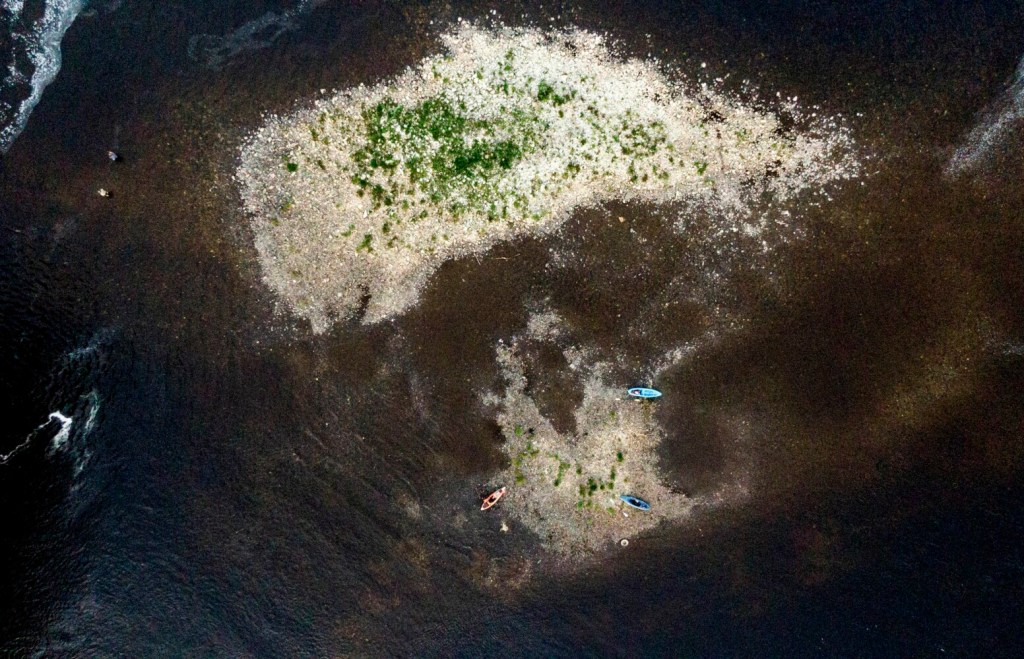
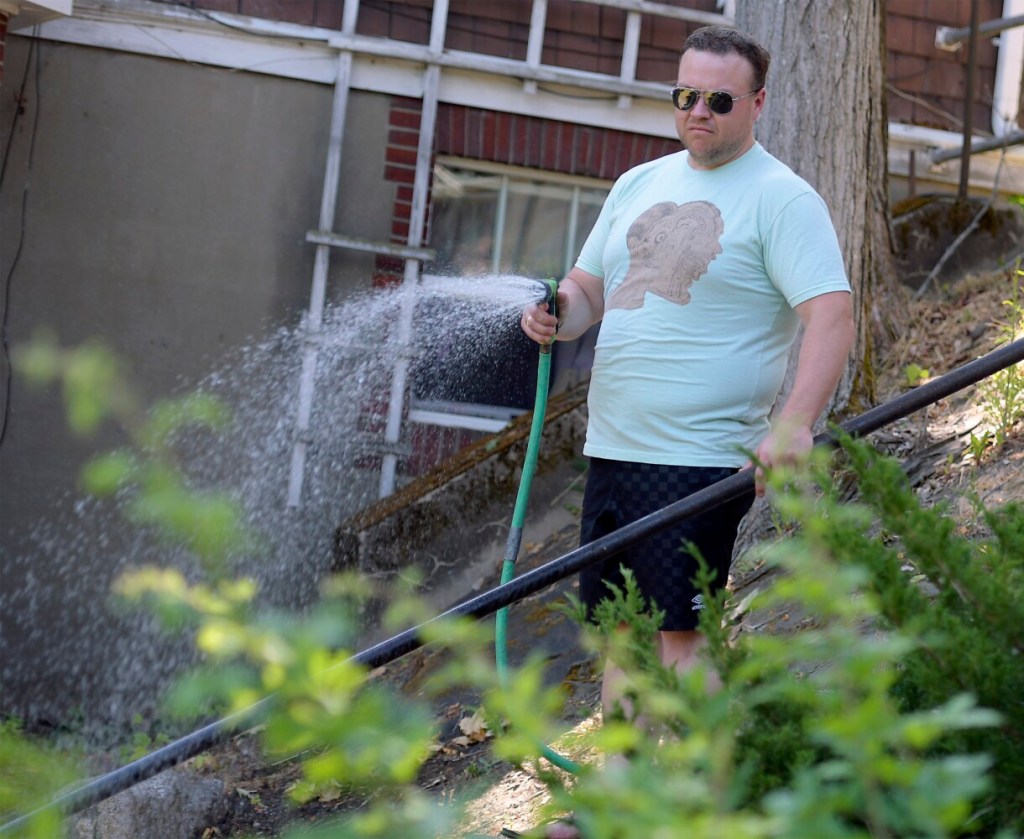

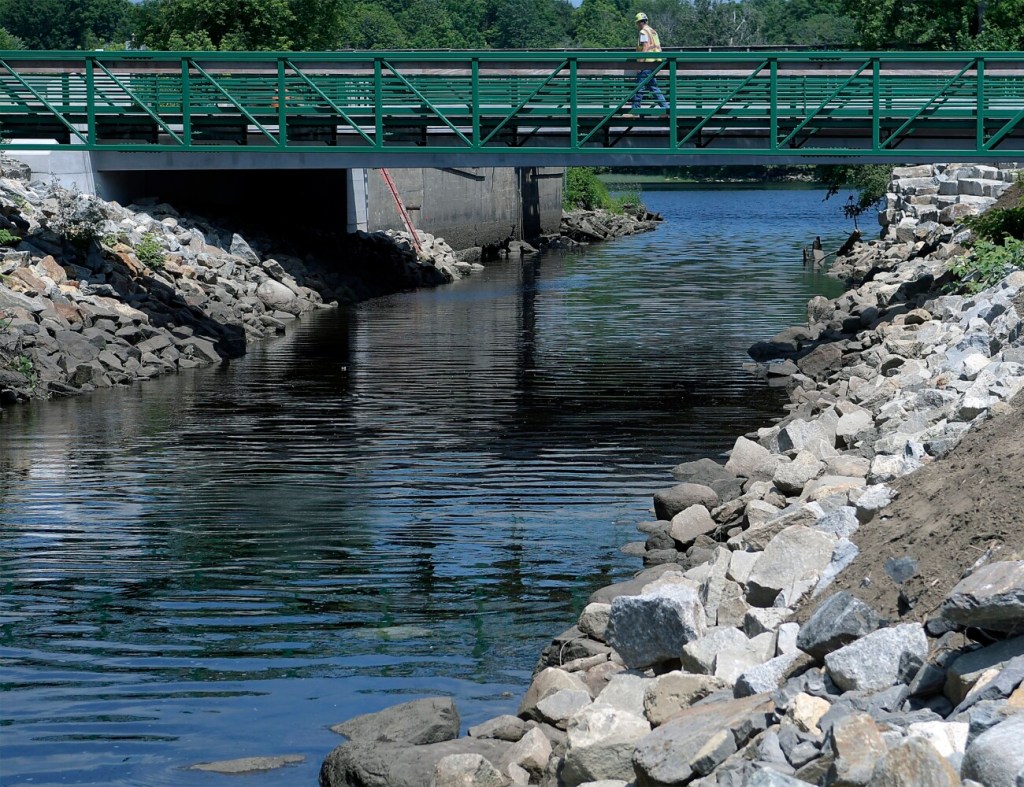
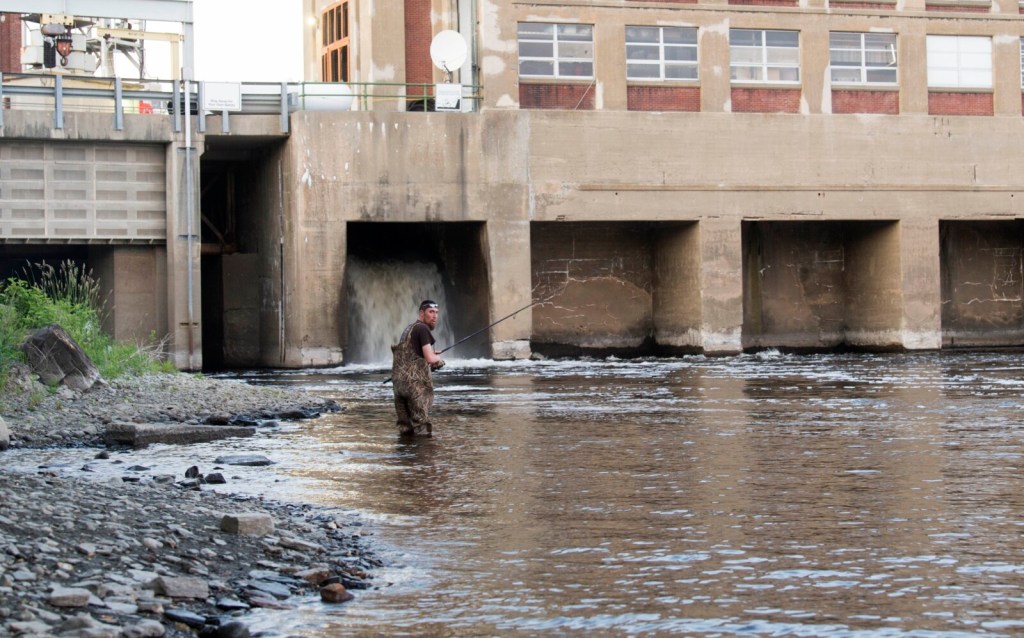
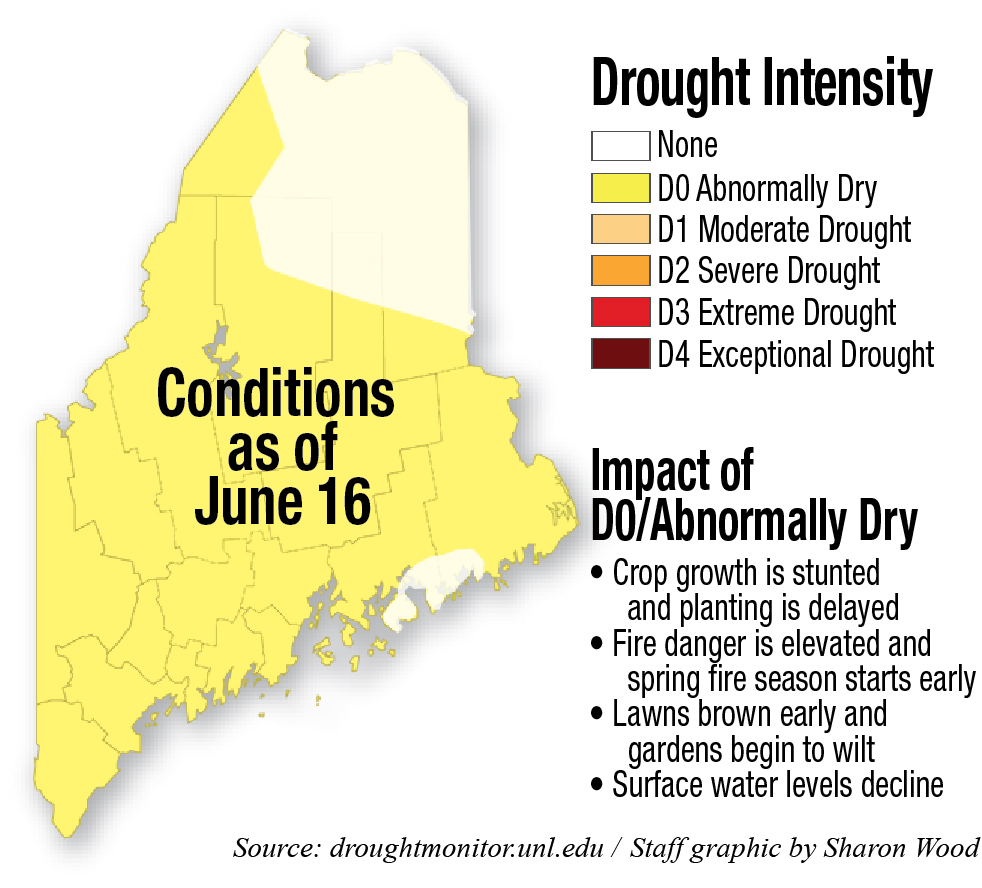

Comments are no longer available on this story